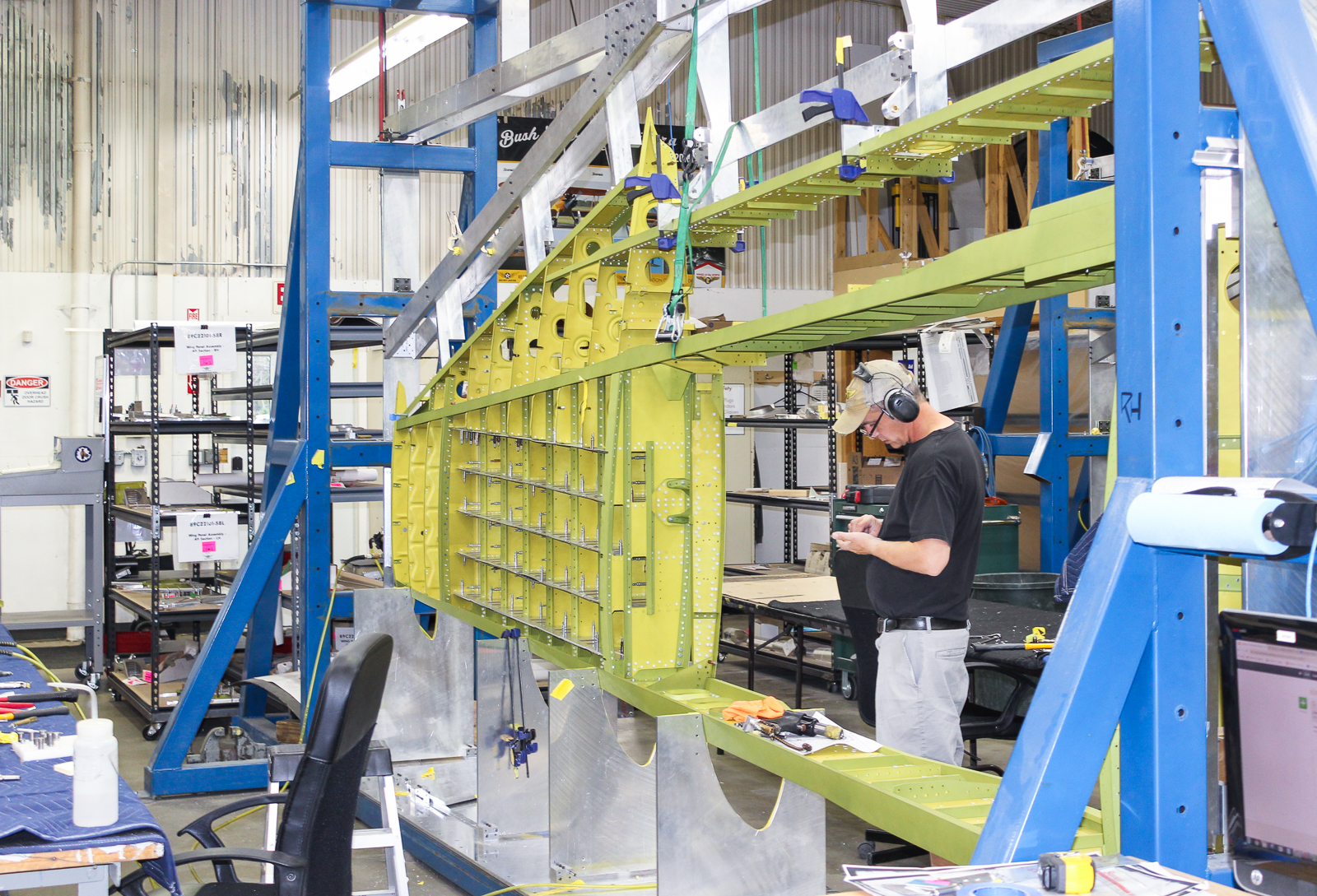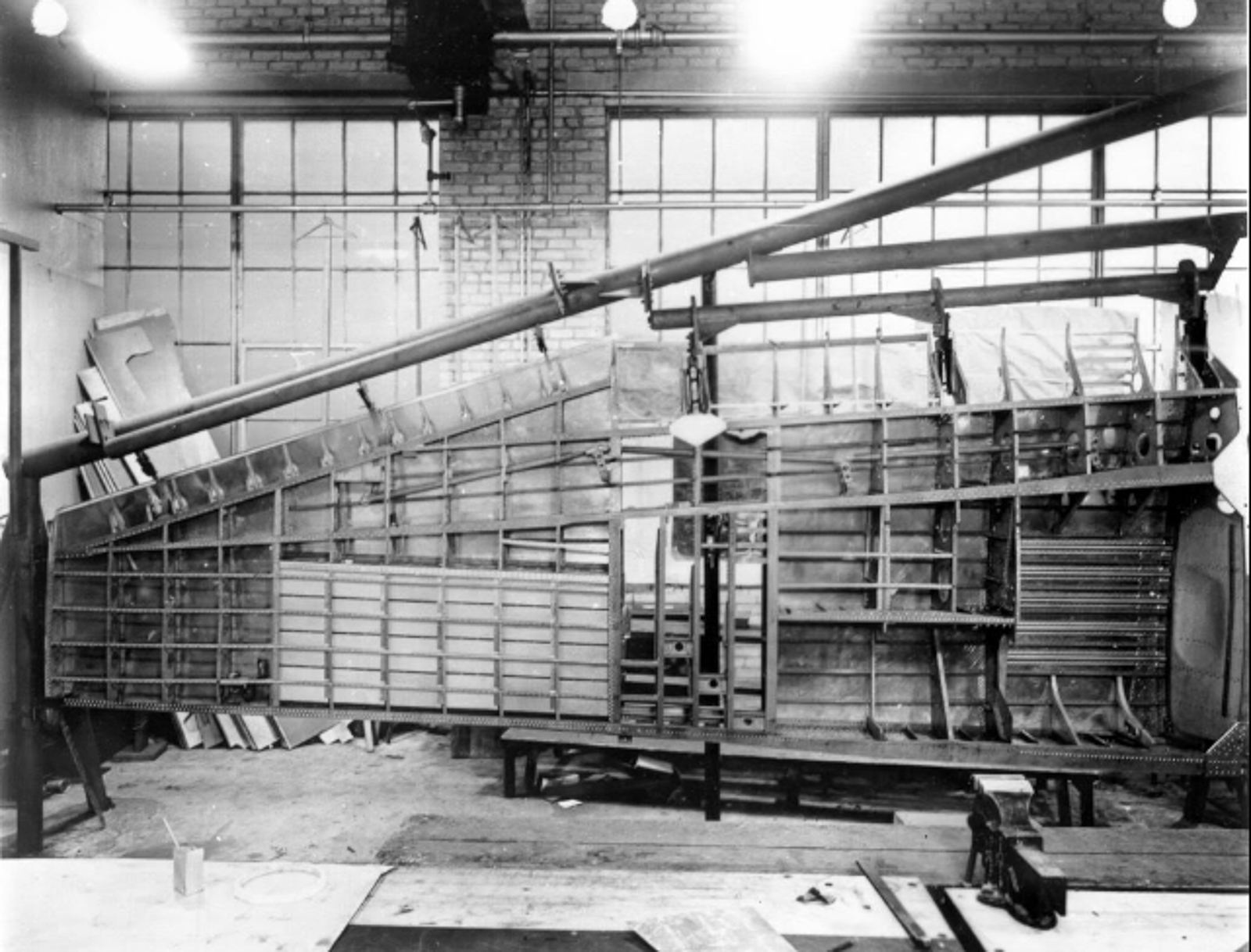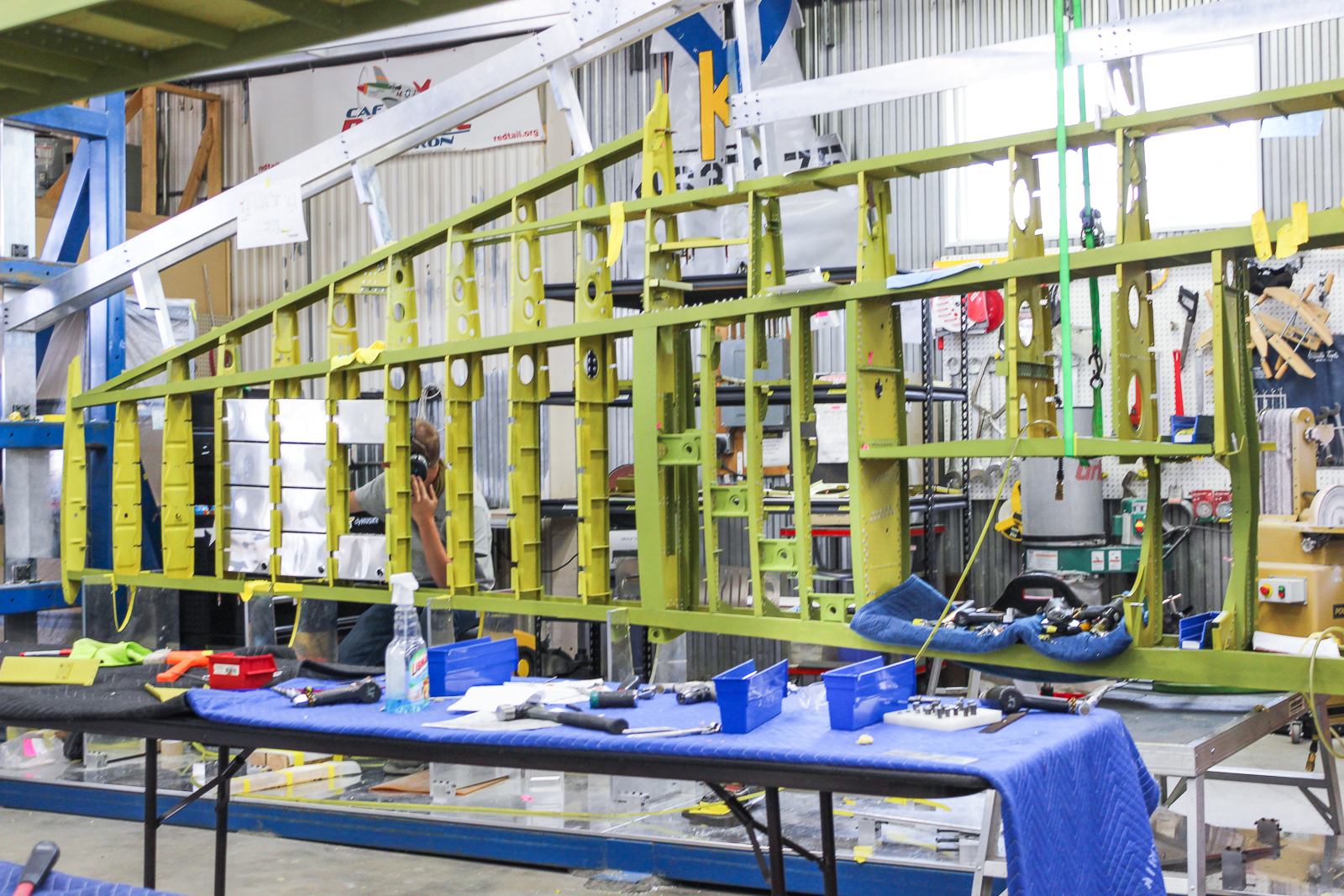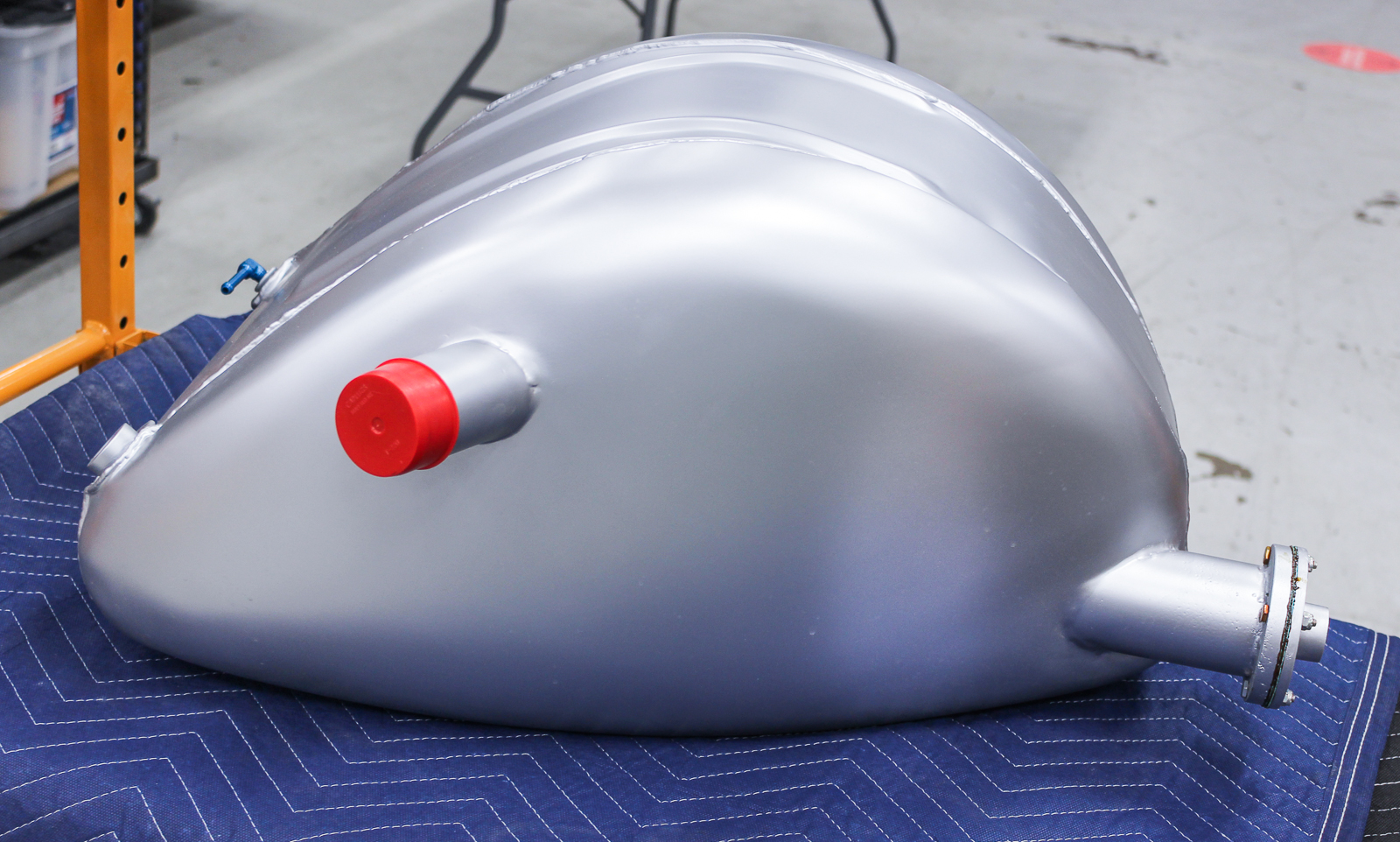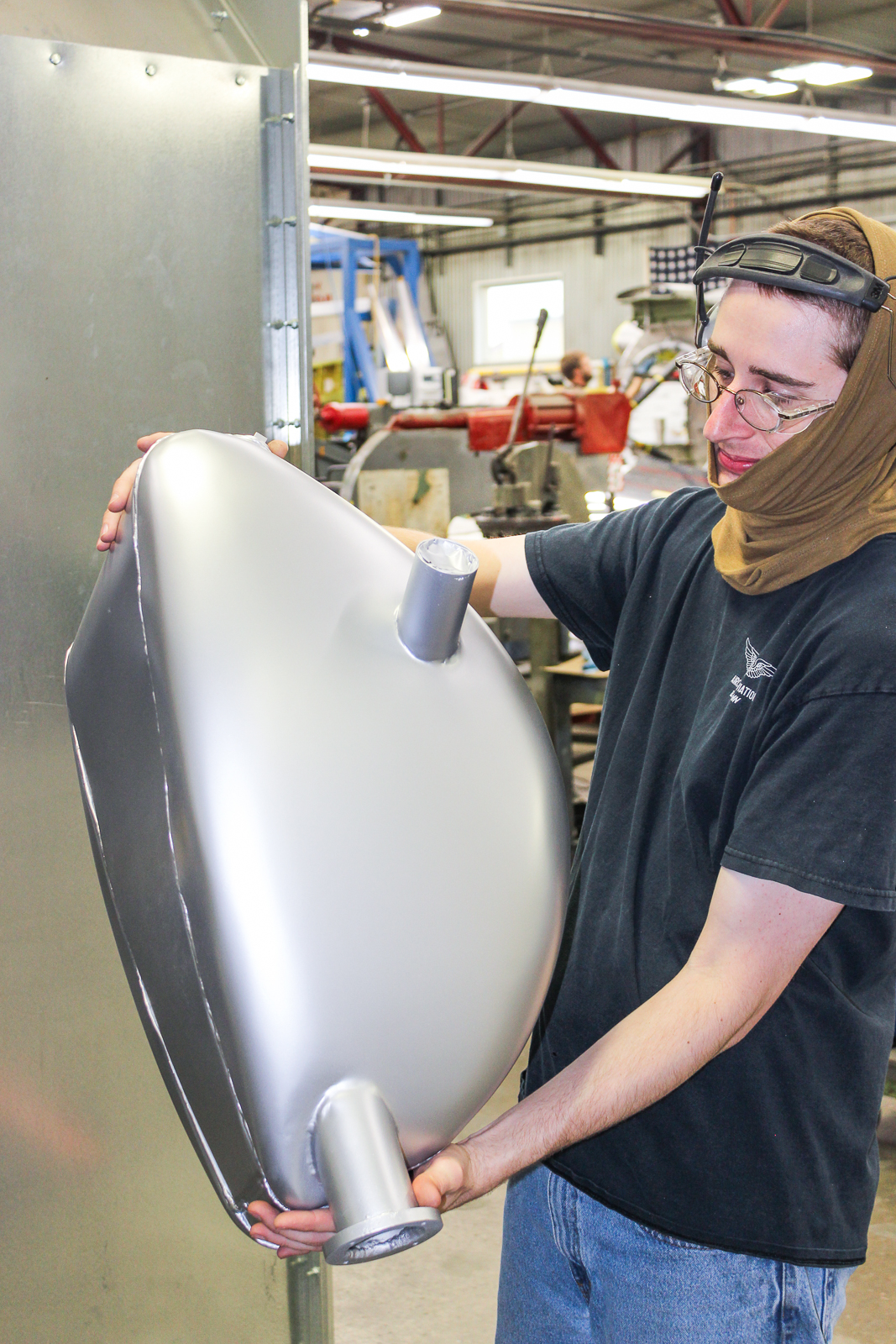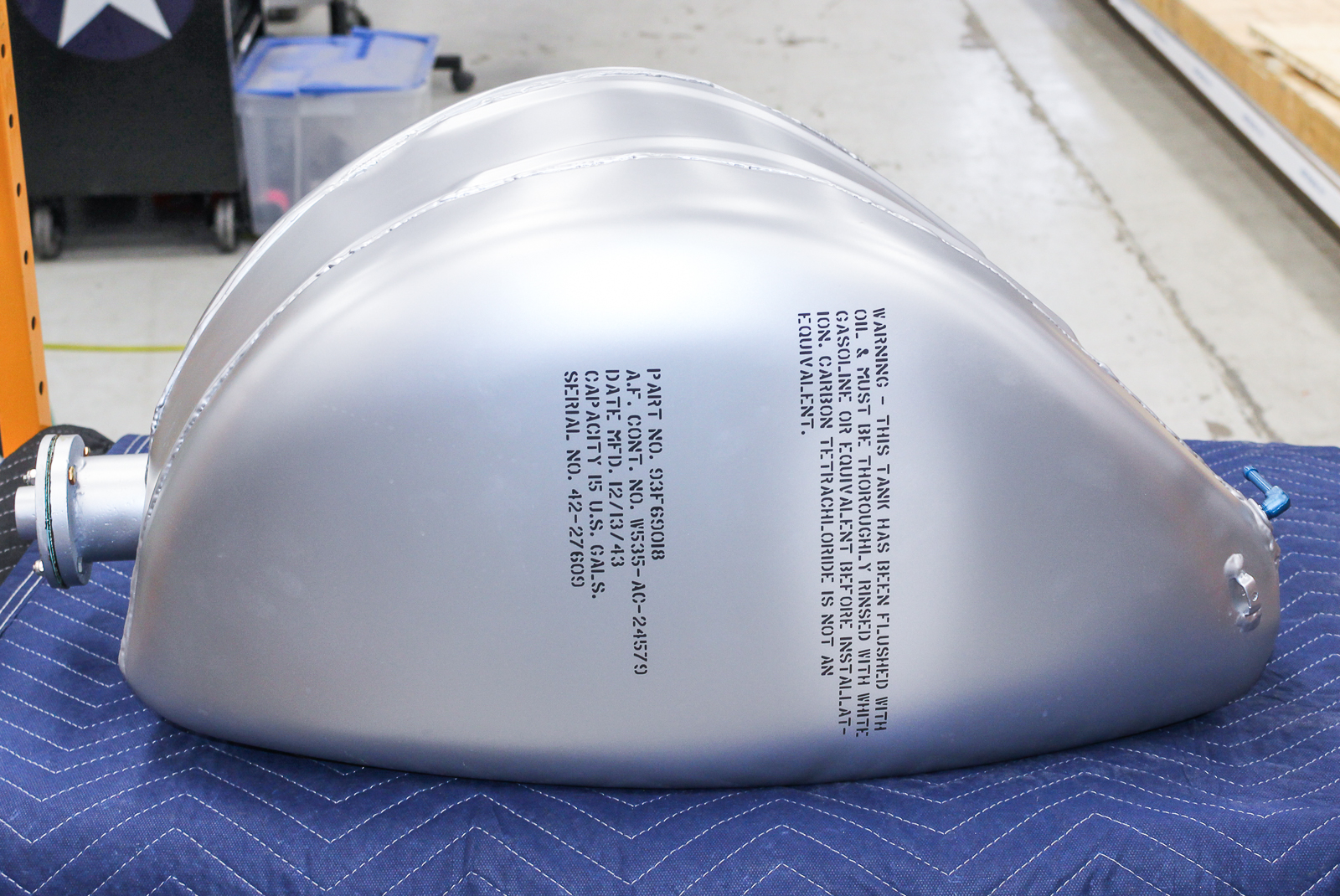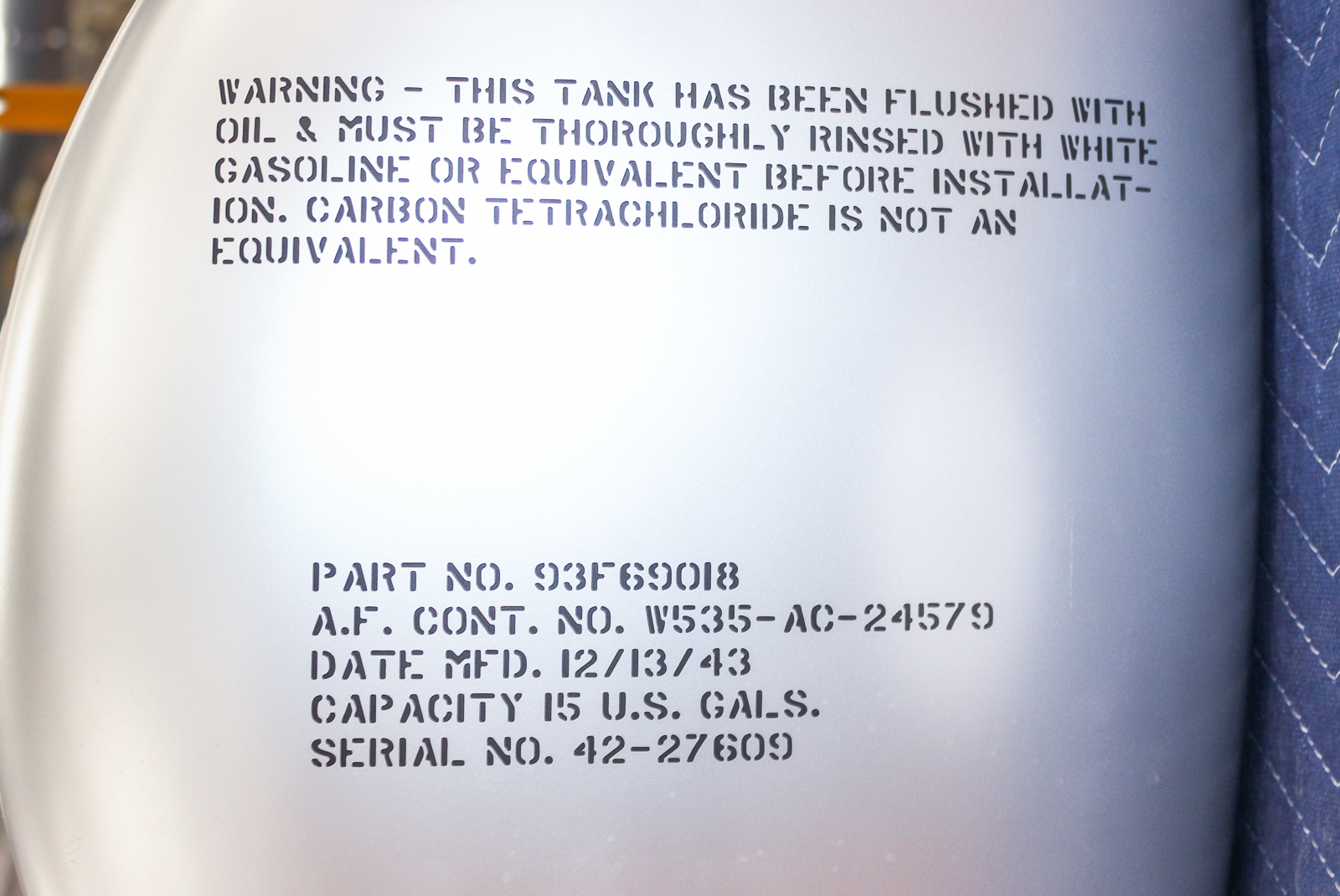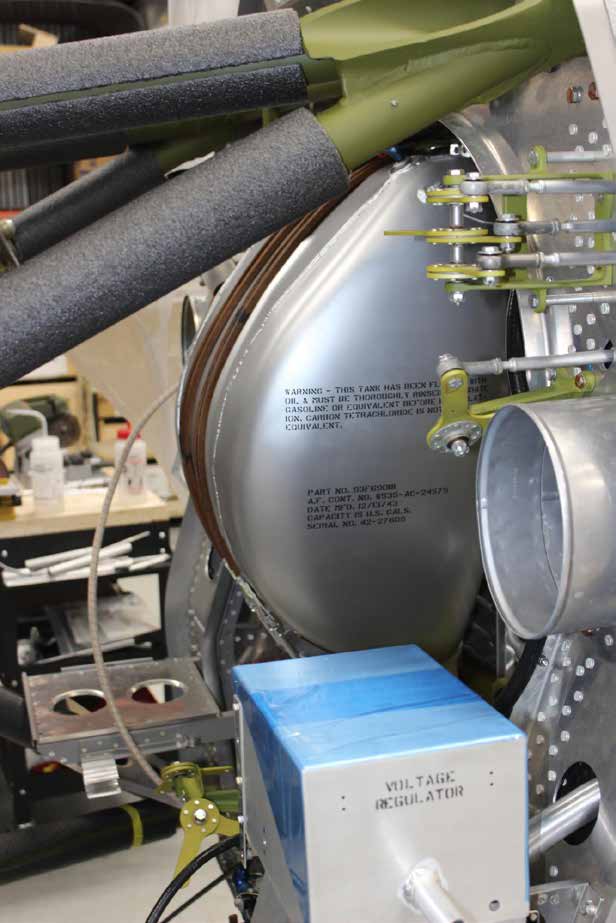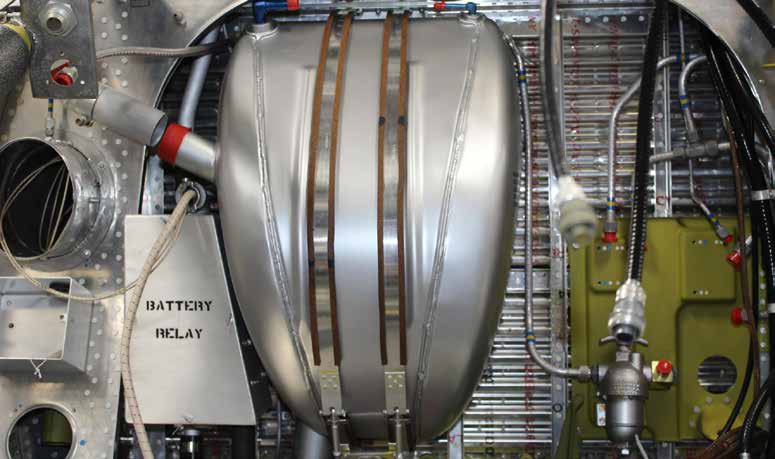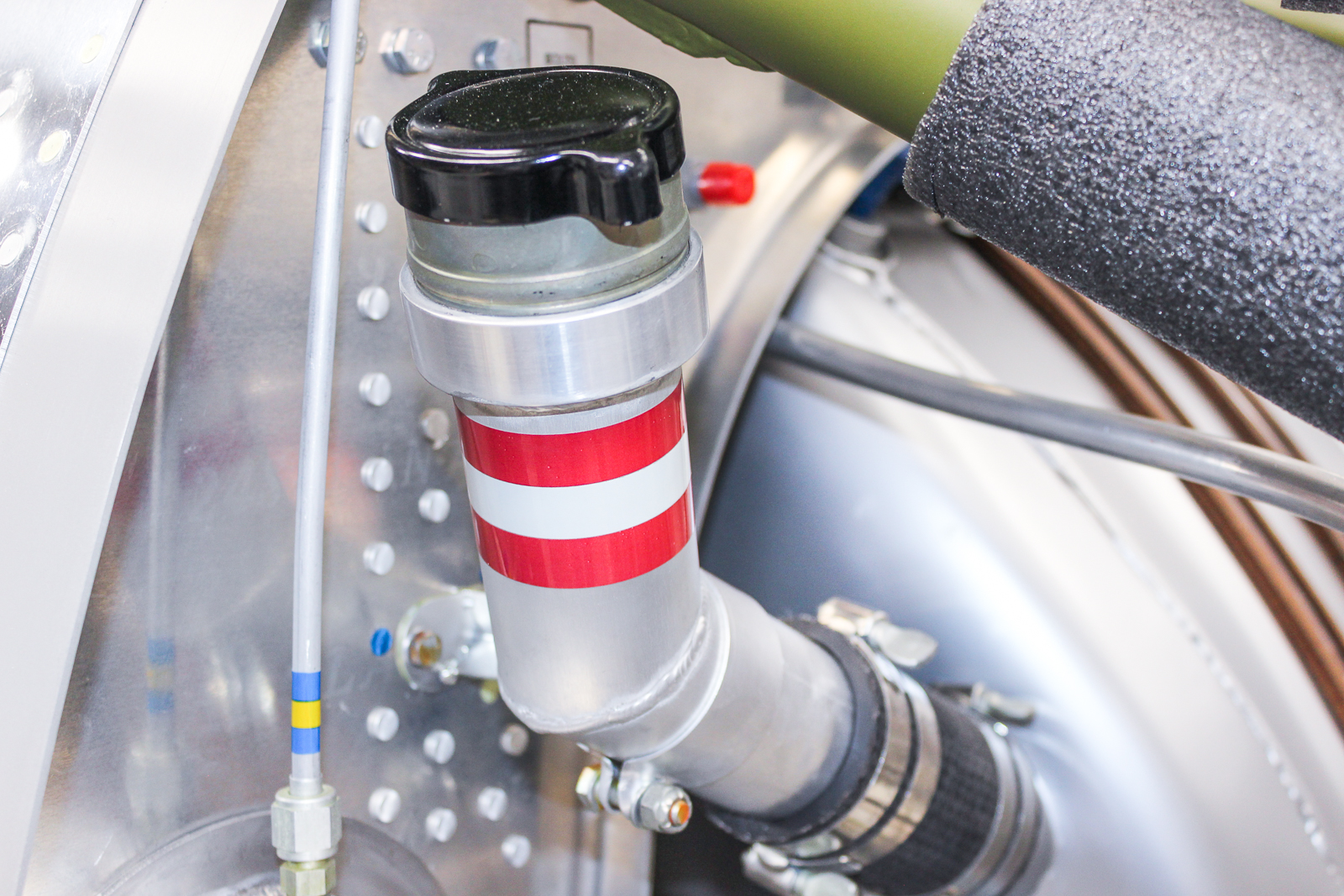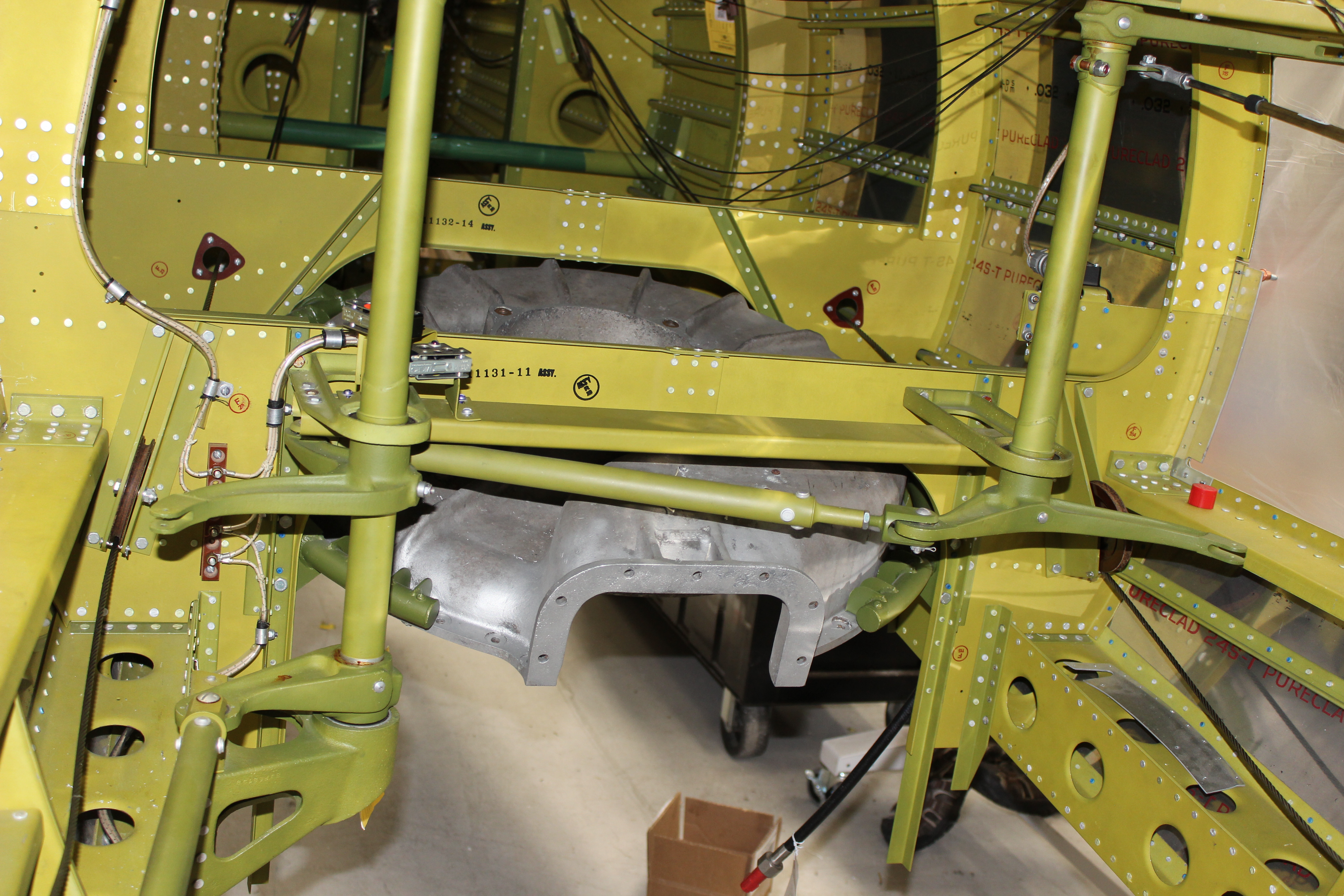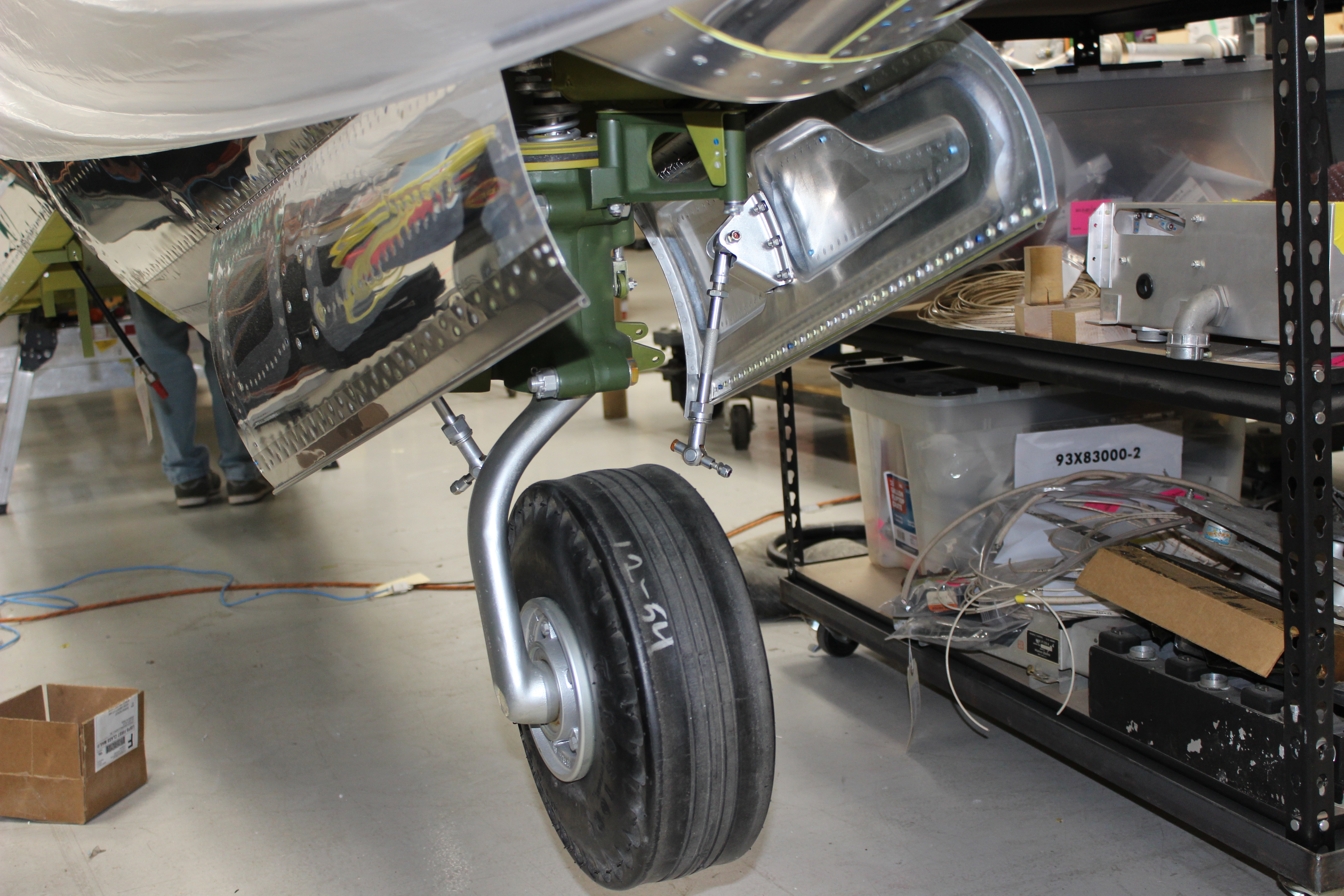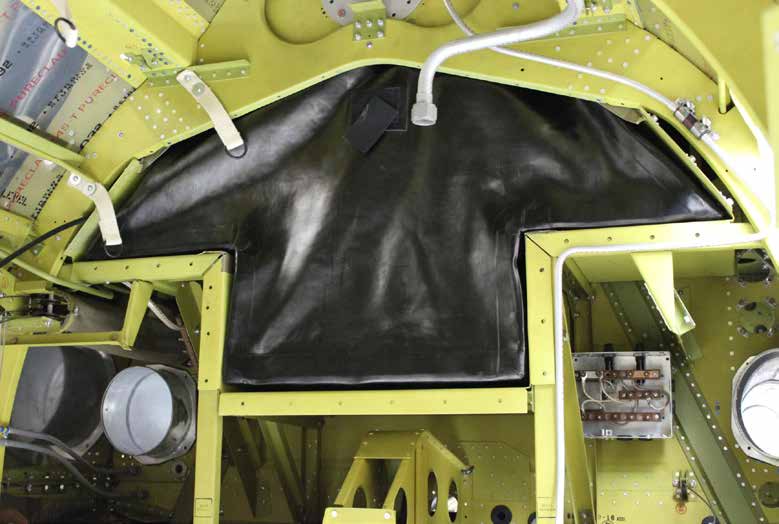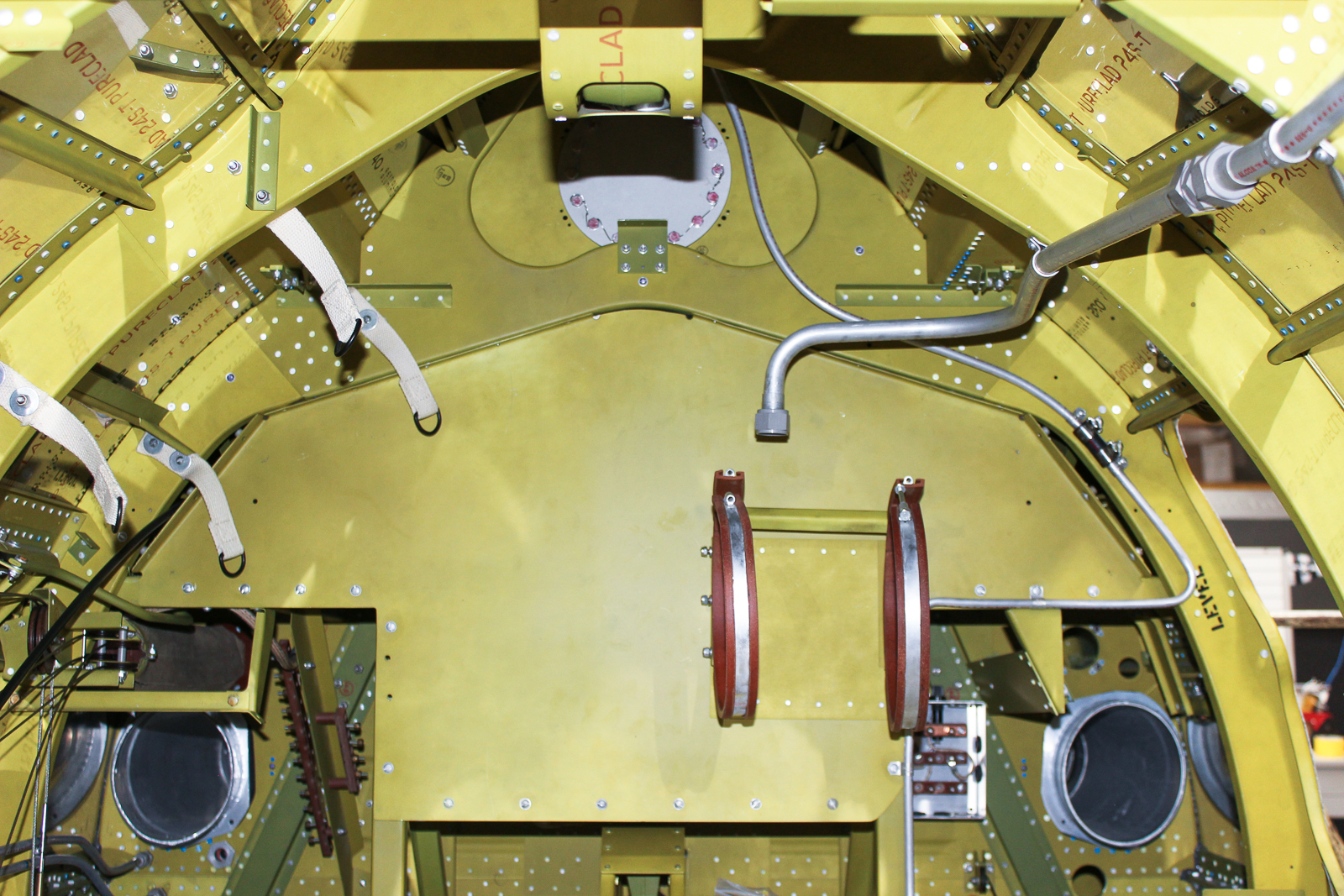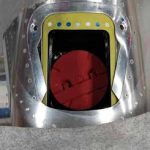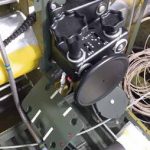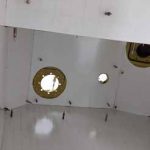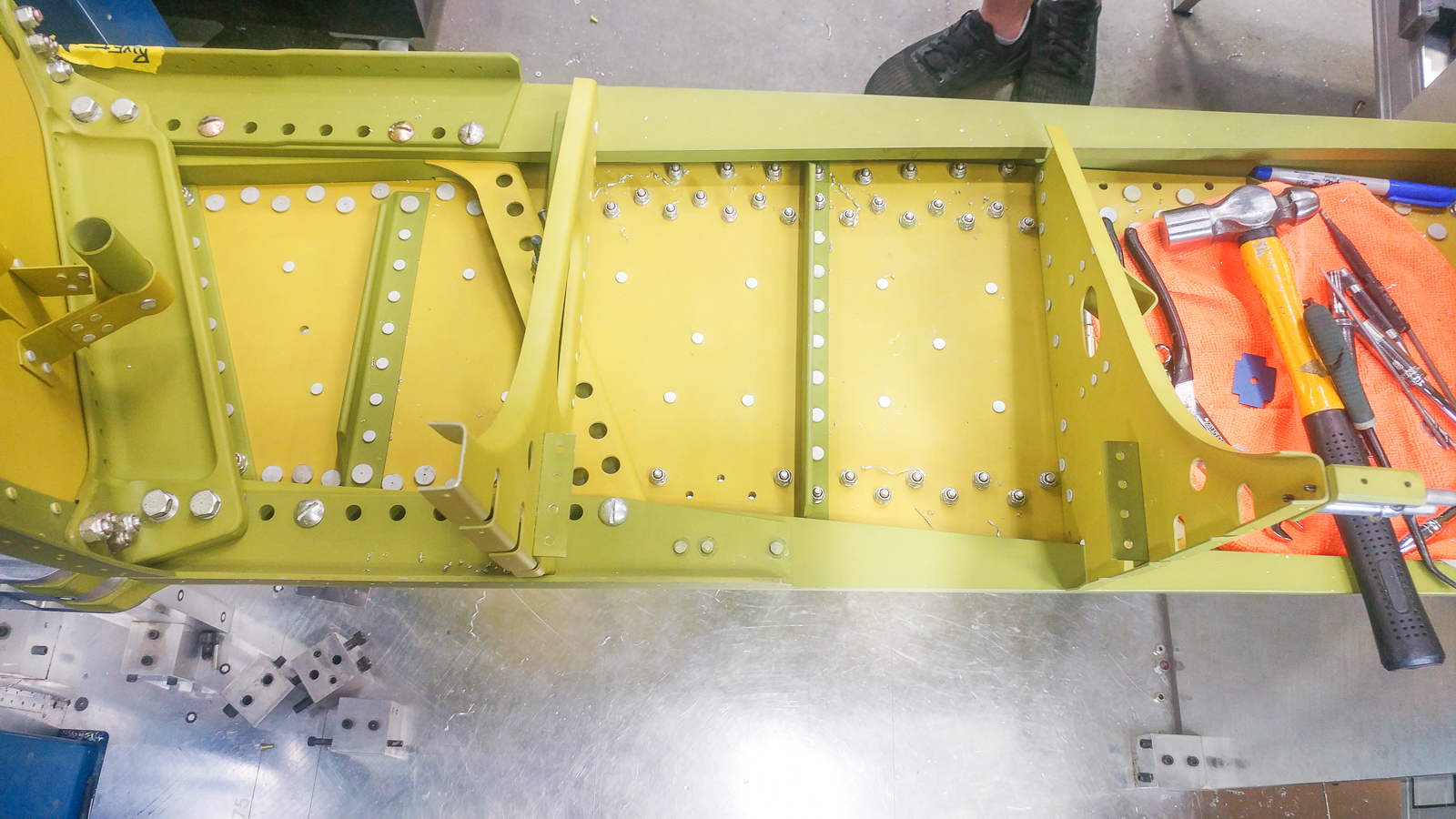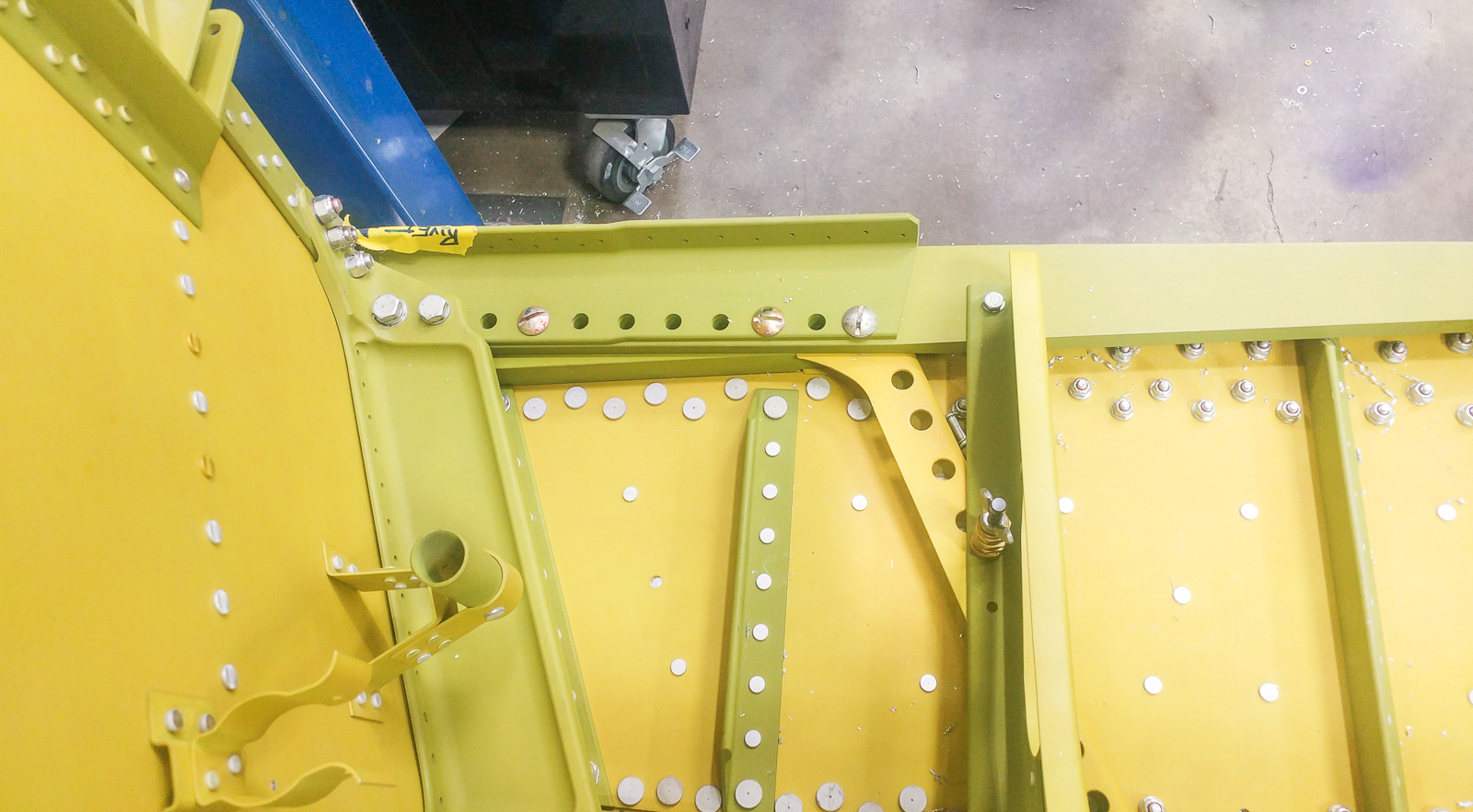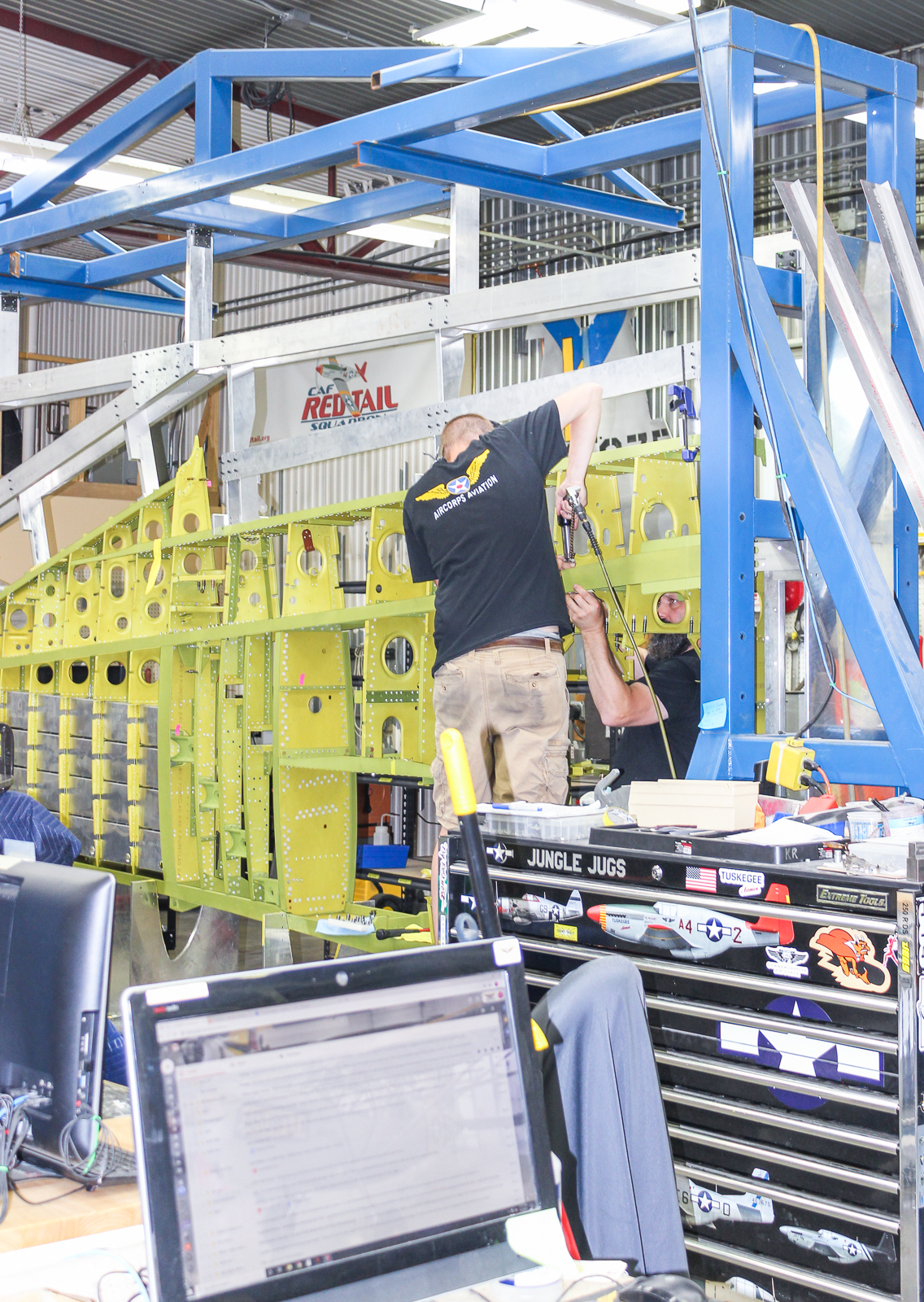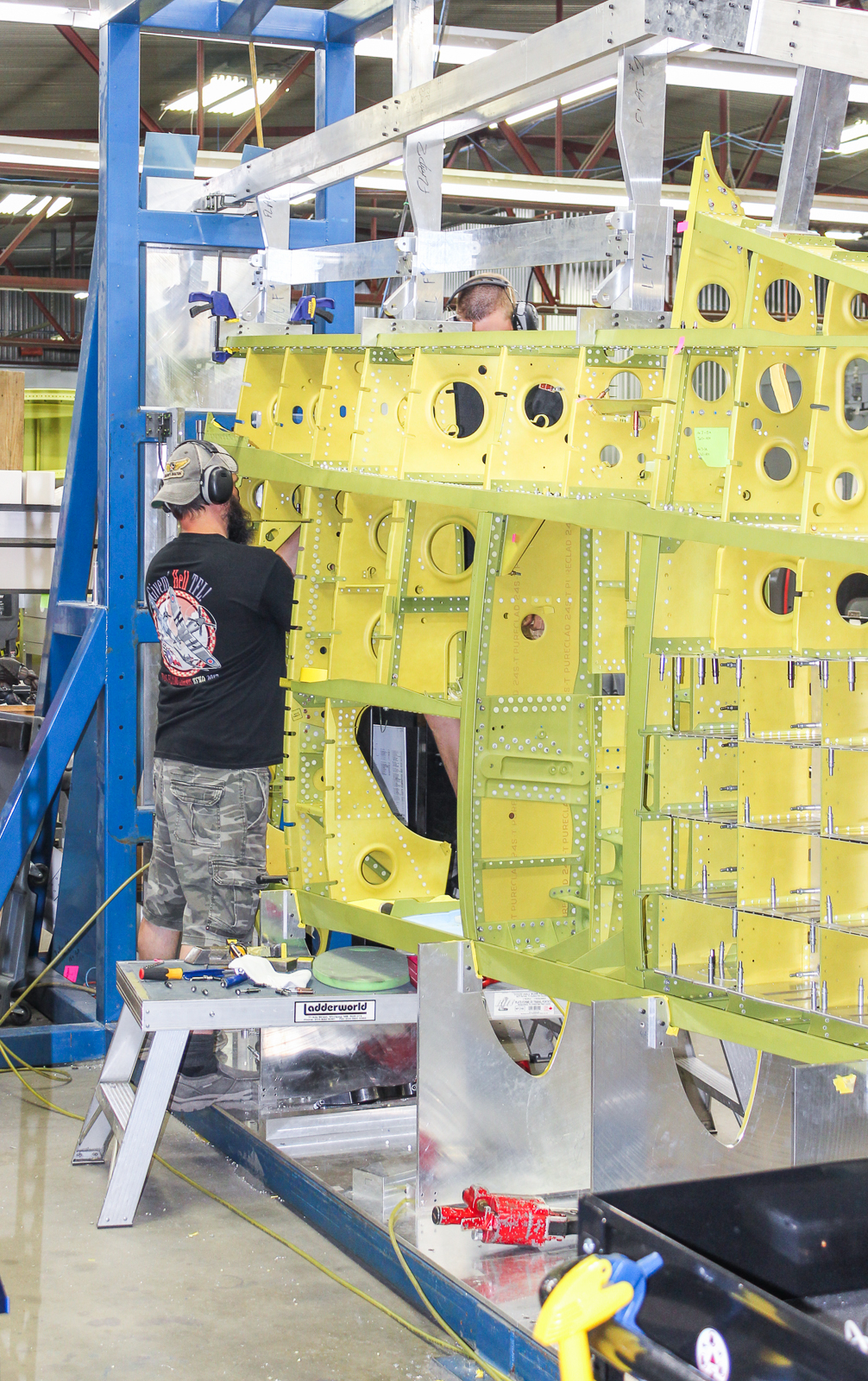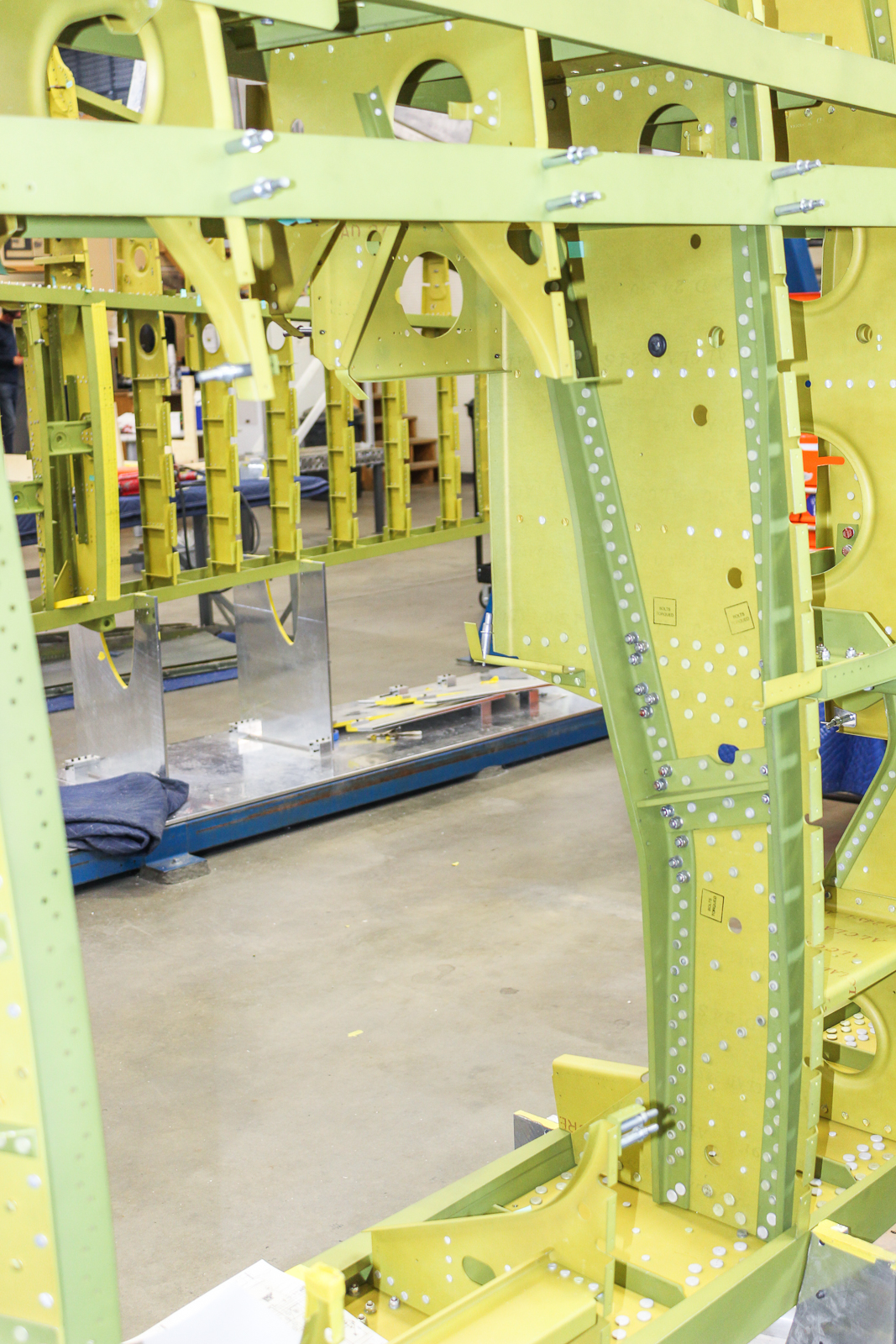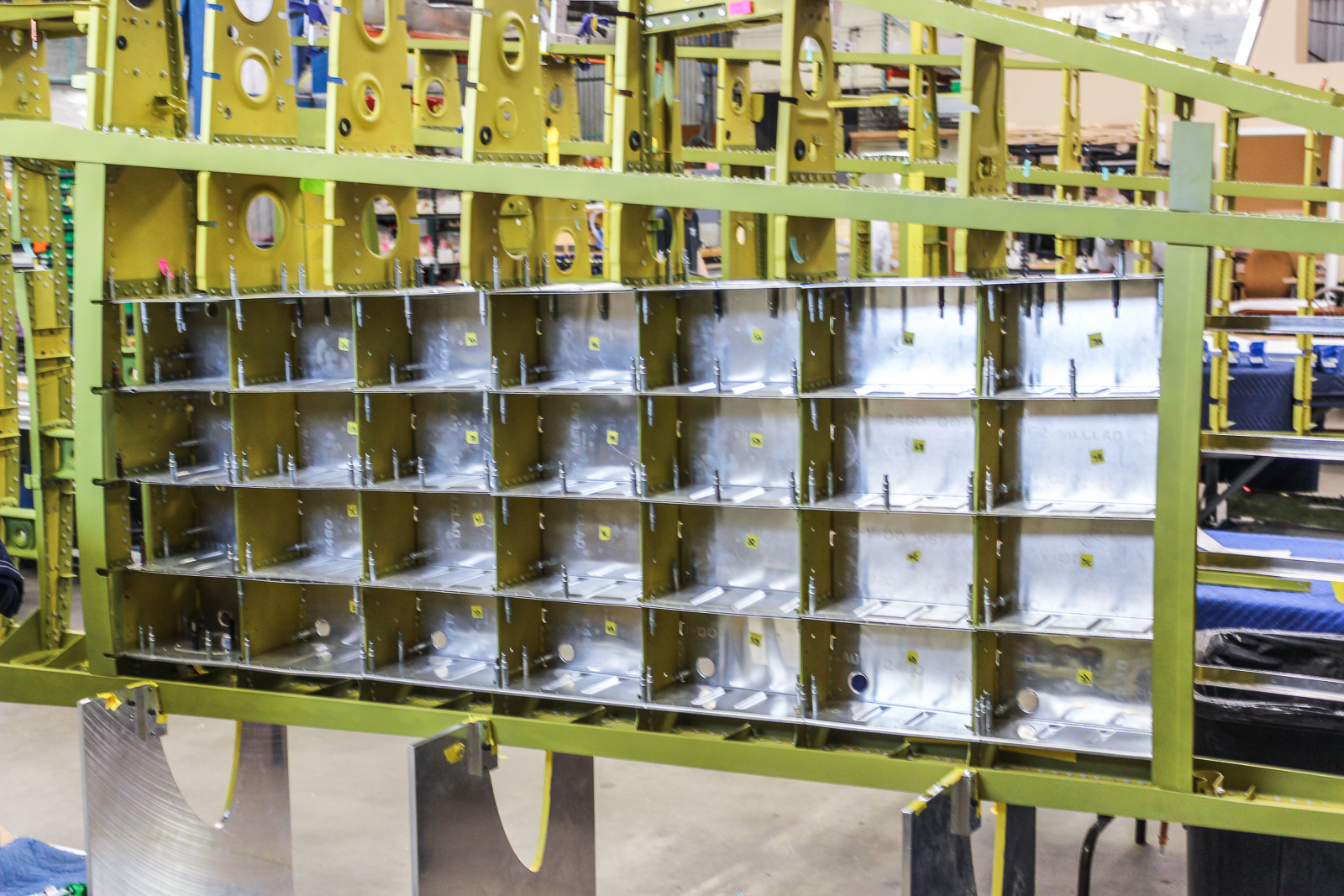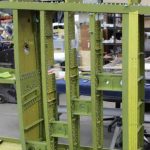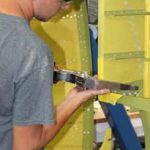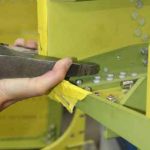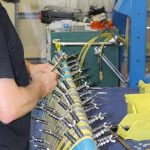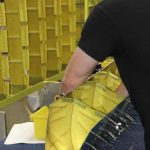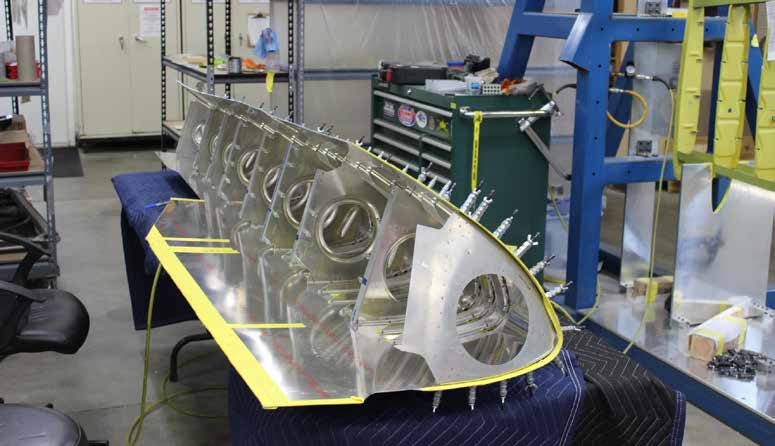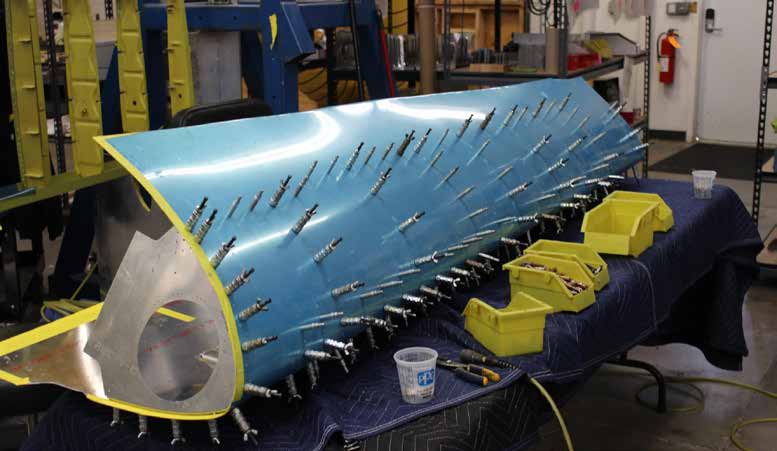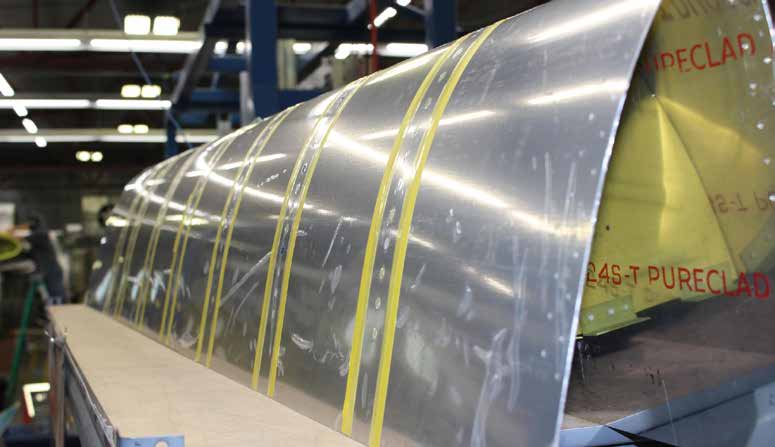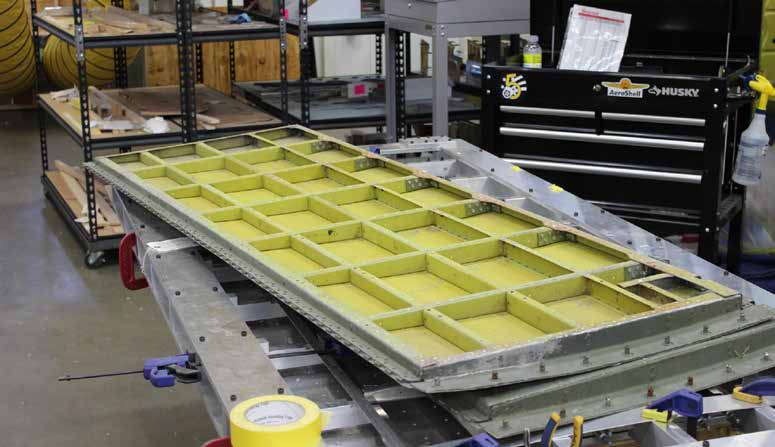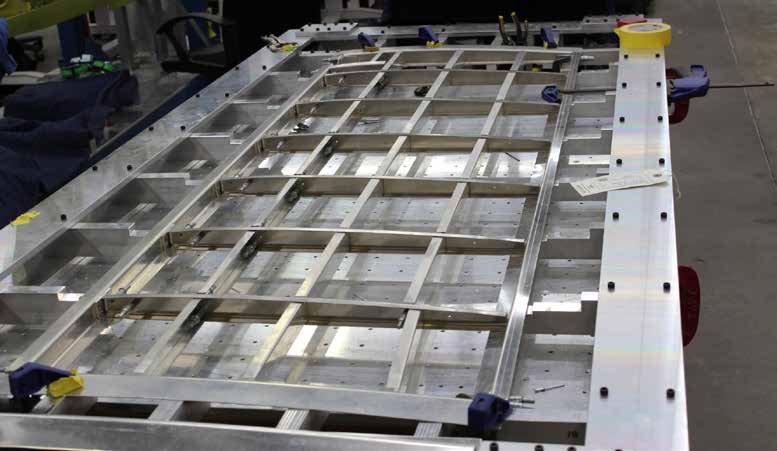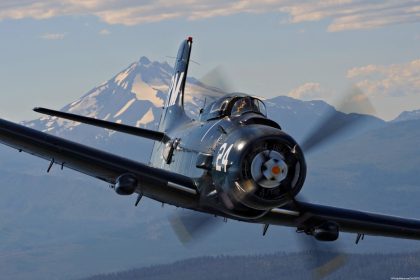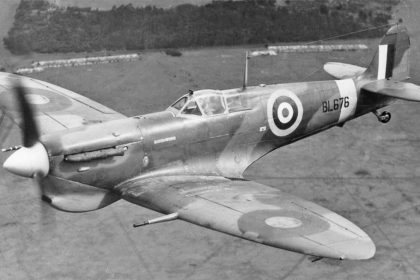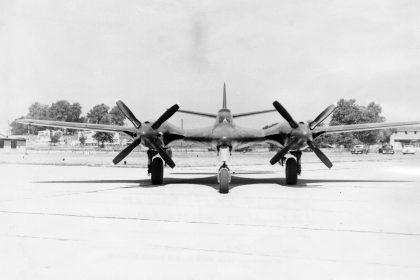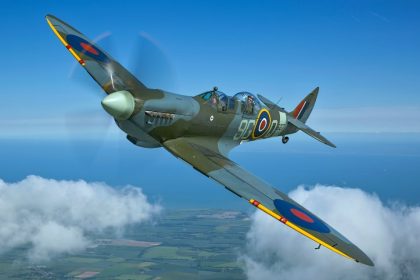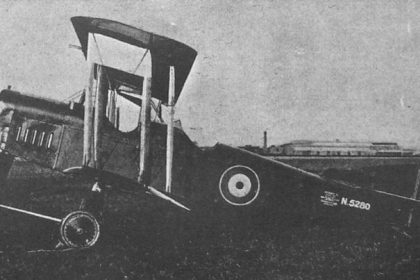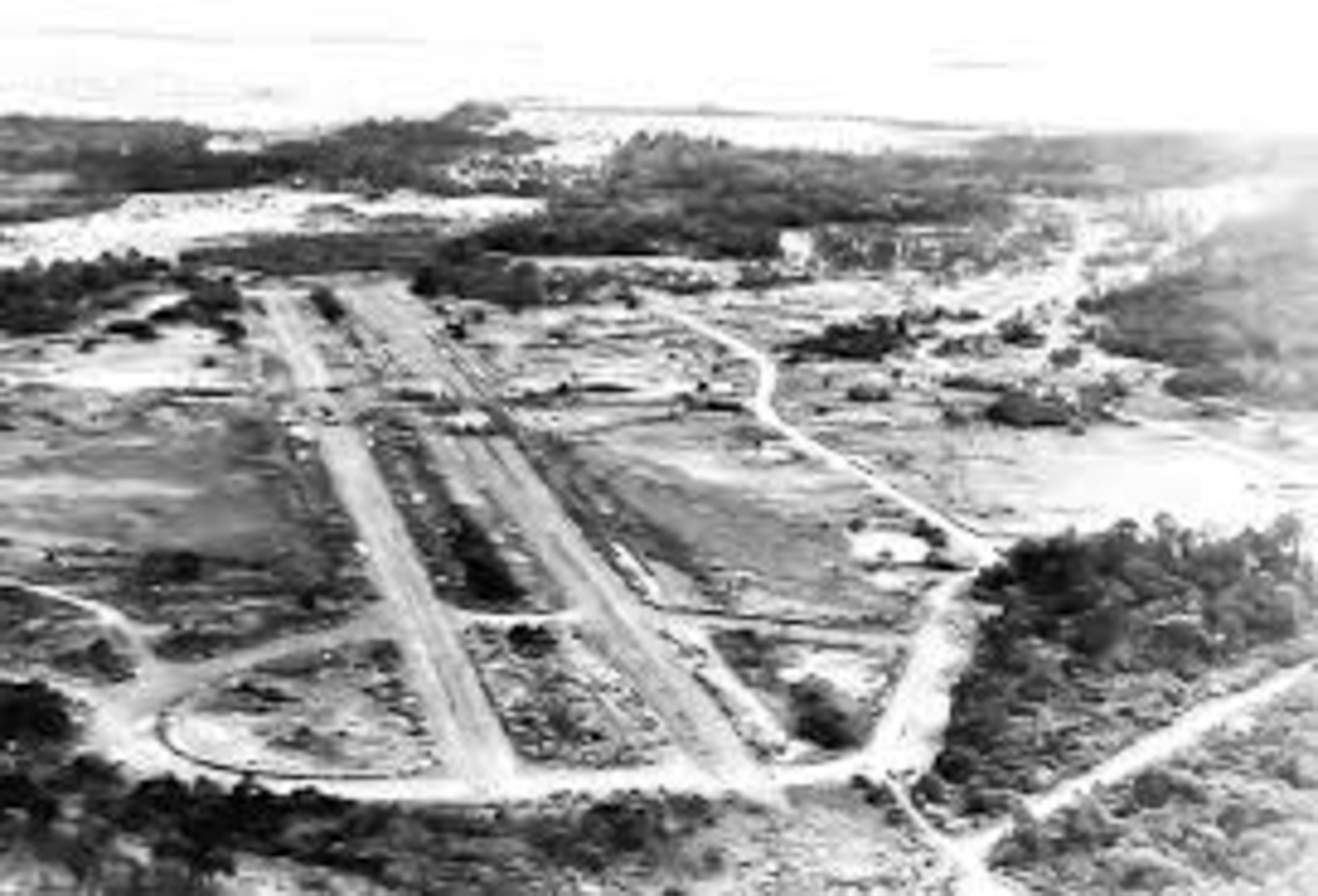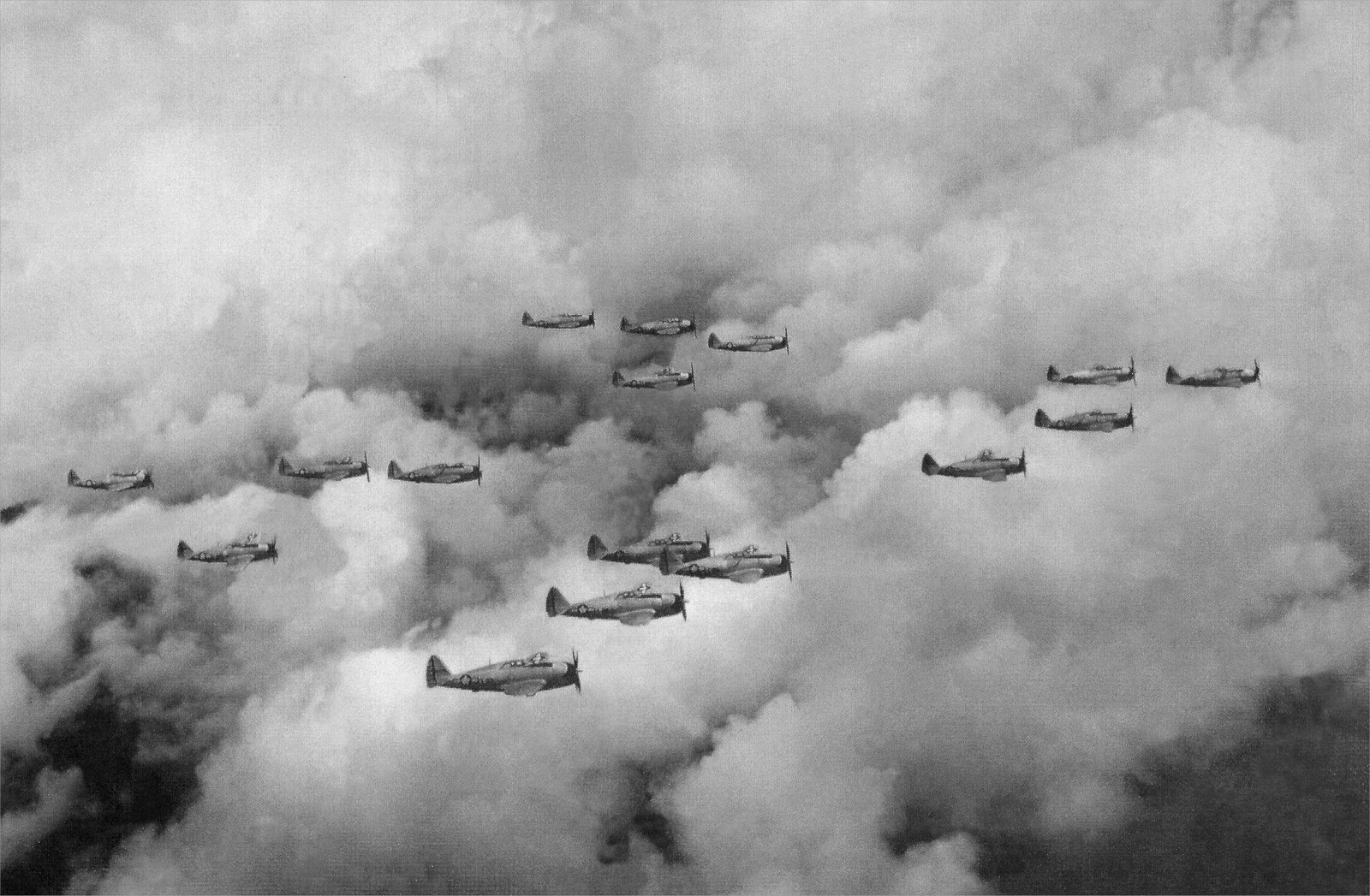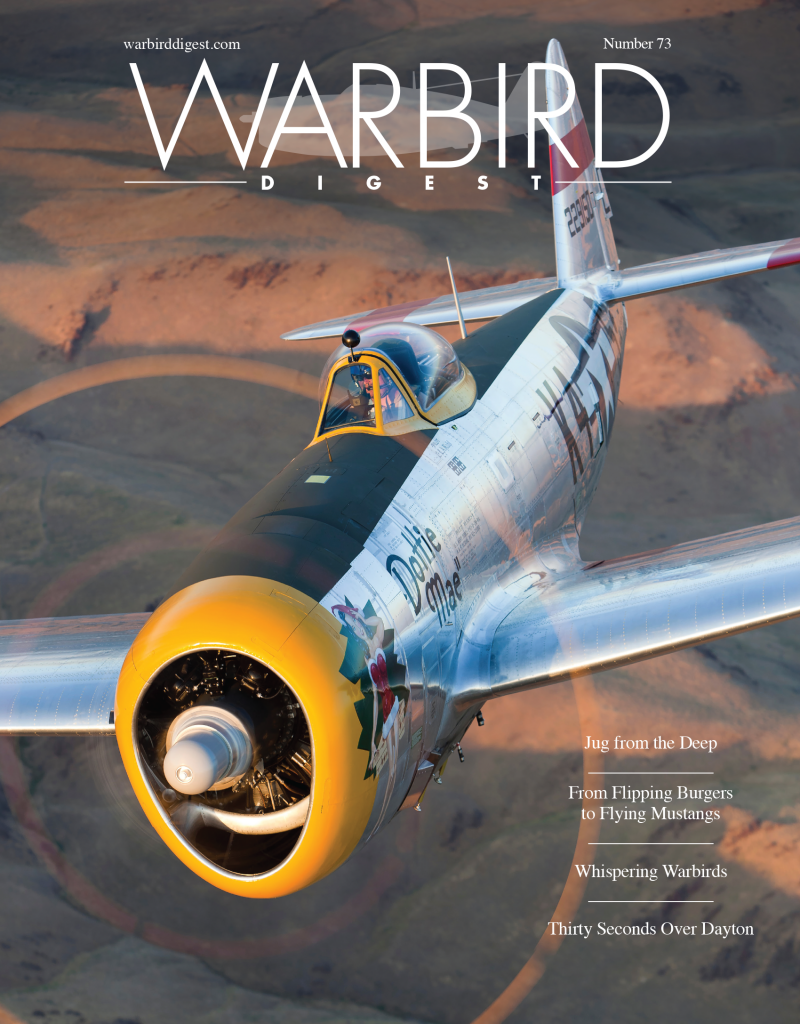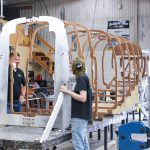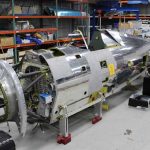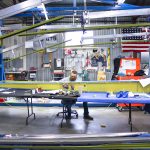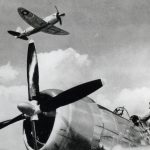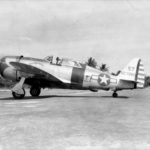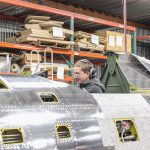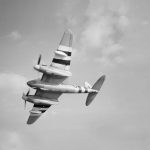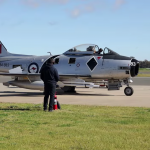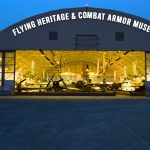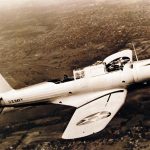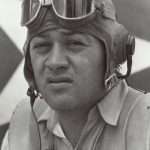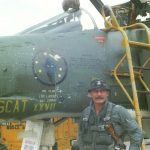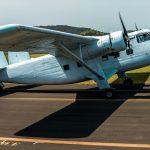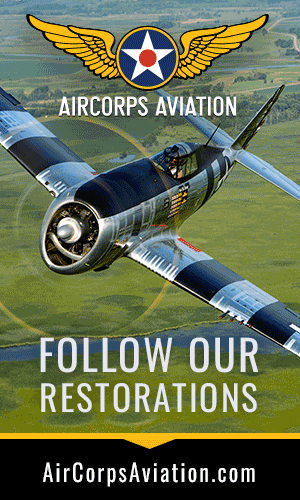Warbird Digest has just received the July, 2020 report from Chuck Cravens concerning the restoration of the Dakota Territory Air Museum’s P-47D Thunderbolt 42-27609 at AirCorps Aviation in Bemidji, Minnesota. We thought our readers would be very interested to see how the project has progressed since our last article on this important project. So without further ado, here it goes!
Update
Restoration milestones attained this month were the installation of two different tanks. The water injection system came closer to completion with the installation of the water injection tank. The Christmas tree tank, unique to the 5th Air Force, was also permanently installed.
The complex and time consuming wing structure assembly occupied much of the restoration technicians’ time this month as it has for several months.
Water Injection System Tank Installation
The water injection system, first introduced on the P-47-5RE, increased engine power to 2250 hp for short periods by allowing higher manifold pressures without detonation.
Rear Fuselage Work
Systems installation continues in the entire fuselage.
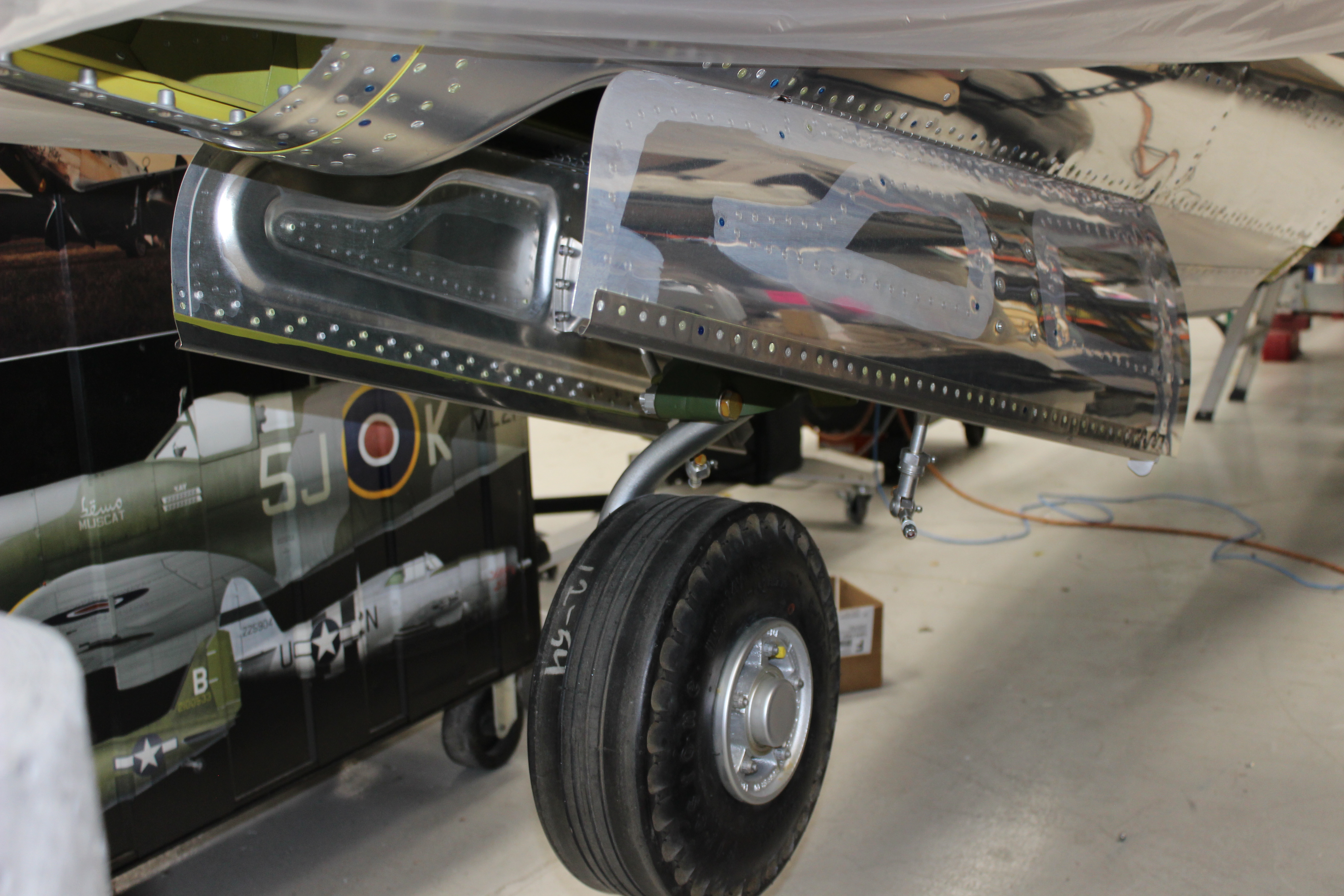
Christmas Tree Tank
The main complaint against the P-47 when the 5th Air Force began operating Thunderbolts was that they lacked the necessary range needed to reach the Japanese bases. One of the attempted solutions was adding a tank behind the pilot in the upper turtledeck. The space available dictated the shape of the tank, which ended up being reminiscent of a Christmas tree.
The new tank was problematic, causing fire hazard issues, and a rearward center of gravity. Because of these problems, nearly all of the tanks were removed. However, 42-27609 still had the tank installed when it was recovered from Papua New Guinea. The range problem was eventually solved using lean cruising techniques and with large drop tanks. As many as three at a time were carried on long missions.
World War II self-sealing tanks were made with multiple layers of rubber and reinforcing fabric. The outer layers were vulcanized rubber, and the inner layers were untreated natural rubber. When punctured, the inner natural rubber layer swelled from contact with the fuel and sealed the bullet holes.
The black rubber part is called the scupper. Its function is to catch fuel overflow. Remarkably for a rubber part, this one survived in usable condition and is an original component of 42-27609. The larger opening to the left of center is the hole for the fuel level sending unit, while the one in the upper right corner is for the fill. The smaller hole in between the two is for the vent
Wings
Alexander Kartveli, the P-47’s designer, favored a wing plan shared by the prewar P-35: a straight leading edge with curved tips and semi-elliptical trailing edge. This design gave an elliptical area distribution without the manufacturing difficulties of a curved leading edge [Smithsonian Air & Space webpage, accessed 7/15/29020].
Kartveli’s design created a much more complex structure than the straight trailing edge of the P-51 wing.
The 39th Fighter Squadron Gets the P-47D-23RA
In June of 1944, the 39th Fighter Squadron was based at Nadzab in the Markham River valley. Nadzab was about 20 miles inland from Lae on the northeast coast of New Guinea. At this time, preparations were under way to move closer to the Japanese bases by transferring to Owi Island, 818 miles to the west.
“Meanwhile the pilots underwent training until the Owi base was ready. On June 25, 1944, seven new P-47D-23s arrived from Finschafen.”
“Seven more were added two days later but no missions were flown until August 3, when glide bombing was introduced against Japanese positions on Noemfoor Island and the Vogelkop Peninsula. For the first time, 500 pound bombs were used on the underwing shackles, doubling the P-47s offensive load.” [John Stanaway, “Cobra in the Clouds”, (Historical Aviation Album, Temple City, CA 1982) 28]
Glide bombing is similar to dive bombing,with the essential difference being a lesser angle of the attacking dive.
The technique normally used during WWII was to fly past the target to one side, then turn into the dive. A dive angle between 30 and 60 degrees was established, and the throttle was cut to prevent problems with ovespeeding and compressibility. The bombs were dropped by aiming slightly above the target, and released at an altitude of around 1500 feet (or sometimes lower).
On August 7th, Major Richard Cella led a flight of 26 P-47s on a 900 mile trip from Nadzab to Noemfoor. This mission established that the long range adaptations for the P-47 had been successful.
Over the next 6 weeks, the 39th flew missions guarding against the occasional raids on Middleburg Island airfields by Japanese soldiers.
On August 9th, the 39th FS operated from Noemfoor for the first time when two flights of P-47s covered a convoy off Cape Sansapor. A number of similar missions ensued until August 20th, when the 39th flew a 5 hour and 20 minute fighter sweep to the Moluccas. At the time, this was the longest P-47 mission flown, though later in the year, using 3 external tanks and maximum range techniques demonstrated by Charles Lindbergh, the squadron flew missions of as much as 8 hours.
On September 5th another glide bombing mission was flown, this time to Halmahera. The 800 mile round trip was carried out with no losses. [John Stanaway, “Cobra in the Clouds”, (Historical Aviation Album, Temple City, CA 1982) 29]
The move to Morotai began on September 12th, and combat operations were diminished until routine patrol missions resumed on October 5th.
By that time, 42-27609 had been taken out of service (on September 18, 1944).
And that’s all for this month. We wish to thank AirCorps Aviation, Chuck Cravens for making this report possible! We look forwards to bringing more restoration reports on progress with this rare machine in the coming months, although it will likely be some time before we can do so given how the present pandemic has suspended almost all non-essential activities around the globe at the moment. Be safe, and be well







